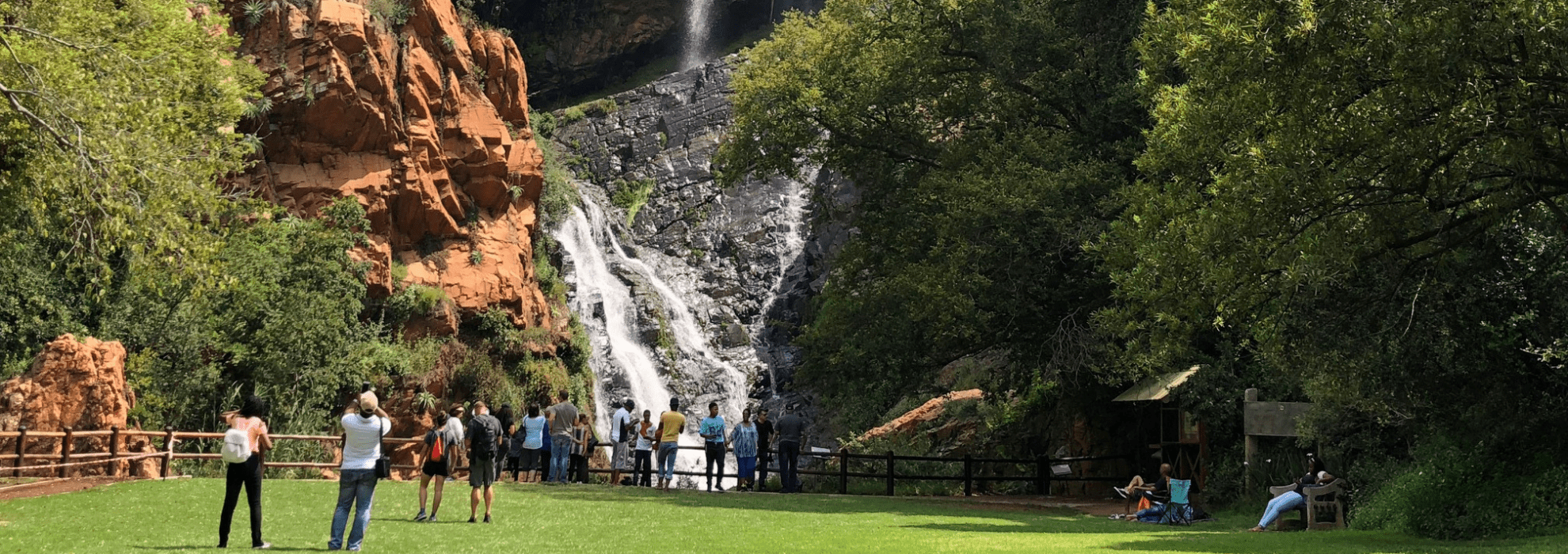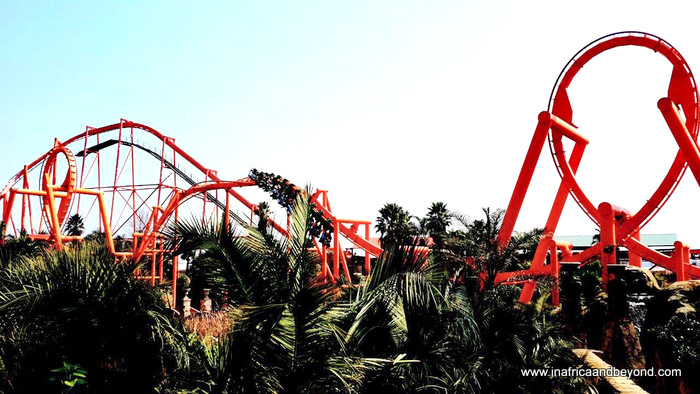Little Known Facts About Johannesburg North Attractions.
Table of ContentsJohannesburg North Attractions for DummiesAll about Johannesburg North AttractionsFascination About Johannesburg North AttractionsGetting The Johannesburg North Attractions To Work10 Easy Facts About Johannesburg North Attractions ExplainedThe 45-Second Trick For Johannesburg North AttractionsThe Of Johannesburg North Attractions
You should maintain protection in mind and travelers must remain alert at all times when in unfamiliar surroundings. Speak to the locals when you remain in community to learn about the area you are remaining in. Johannesburg North attractions. When on the street (this does not put on mall and other protected atmospheres) ideal general suggestions is to attempt your finest to appear like a neighborhood and to avoid showing any type of wide range
The Main Principles Of Johannesburg North Attractions
Professor Revil Mason O. J. (Thomson, 1946) discovered the Witwatersrand's pre-colonial history. His archaeological work blew up the 'em pty land' myth, according to which the area was lacking human habitation prior to the arrival of European inhabitants. In his magazines Prehistory of the Transvaal: A Document of Human Activity (1962) and Origins of Black People of Johannesburg and the Southern Western Central Transvaal Advertisement 3501880 (1986 ), Professor Mason demonstrated the extent of social and financial development in the area before Europeans set foot here.

Johannesburg North Attractions - An Overview
In 1878, David Wardrop found gold in quartz blood vessels at Zwartkop, north of Krugersdorp. In 1881, Stephanus Minnaar came across gold on the farm Kromdraai, near the Cradle of Mankind.
In March 1886, an outcropping (soon to be called the Main Coral reef) was located, rather luckily, on Gerhardus Oosthuizen's ranch Langlaagte. Some claim that the Lancastrian coal miner George Walker uncovered this coral reef. Another itinerant English miner, George Harrison (who had formerly worked in Australian mines) gotten a prospecting licence in regard of Langlaagte in Might 1886.
He determined to proceed in a pursuit for greener pastures, and disposed of his Langlaagte case for the handsome amount of 10. Alas: beneath lay the richest goldfield ever before located. The discovery of this abundant auriferous coral reef provoked a gold thrill that signalled the end of bucolic tranquillity in the southerly Transvaal.
It would certainly, within 6 years, end up being the largest community in southerly Africa. Within a decade, it would make the Z. A. R. until then an anarchical and insolvent little state the wealthiest country in Africa. By the millenium, the Z. A. R. was to exceed Russia, Australia and the USA of America to end up being the globe's leading gold producer, creating more than a quarter of the globe's gold.
Not known Facts About Johannesburg North Attractions
It was referred to as Ferreira's Camp, named after Colonel Ignatius Ferreira. He was a Boer traveler upon whom the British authorities had bestowed the standing of Buddy of the Most Differentiated Order of St Michael and St George (qualifying him to the post-nominal letters C. M. G.) in gratitude for his duty in the battle that had deposed the Pedi king Sekhukhune in 1879.
Quickly the camp was brimming with camping tents and wagons as beginners got here daily from everywhere. By September 1886, some 400 people lived in Ferreira's Camp, which quickly boasted erected iron and lumber buildings. 2 other camps were established: Meyer's Camp on the farm Doornfontein, and Paarl Camp. why not look here The latter was nicknamed Afrikander Camp; many individuals from the Cape Swarm resolved there.

5 Simple Techniques For Johannesburg North Attractions
This name acquired money by word of mouth, such that the State Assistant affirmed the name to the Mining Commissioner on 9 October 1886. Stands in the village were auctioned on 8 December 1886. While some stands were cost 10, others were knocked down for as little as sixpence.
2 years later on, these erven were to change hands for as much as 750 each. The tented camps decreased as a dorp of corrugated iron buildings established and broadened north of the mines situated along the Main Coral Reef Road. Locations such as Jeppe's Town (where working-class immigrants erected their houses) and Doornfontein (where the wealthy new 'Randlords' began to build their extravagant houses) were quickly included to the ever-expanding map of the community.
Some Known Details About Johannesburg North Attractions
Apart from the road names, there were no indications of Johannesburg being situated in a Dutch-speaking country. Years later, C. W. Kearns O. J. (among the very first boys enlisted at St John's College in 1898) would remember: 'An odd truth concerning Johannesburg was that, although it remained in the [Boer Republic], find virtually everyone spoke English and also the Government slaves addressed one in English, unless they were first dealt with in the Taal (or Low Dutch)'.
As such, Britain had a passion in ensuring optimum problems for gold production on the Witwatersrand, and that the gold was exported to London instead of Berlin a necessary provided even more clamant by the Z. A. R - Johannesburg North attractions.'s raising toenadering with Germany. Mine proprietors were on a clash with President Kruger, whose policy of monopolistic concessions (commonly given to his cronies) prevented mining companies from procuring supplies of materials (specifically dynamite) and work by themselves, less costly terms
The Greatest Guide To Johannesburg North Attractions
In 1890, the Volksraad had actually restricted the franchise to white guys who had actually resided in the Z. A. R. for fourteen years or longer, therefore invalidating the majority of the immigrants (that occurred to be the significant factors to the fiscus). Frustration for the vote was a plain pretext for promoting a different agenda; the majority of uitlanders regarded themselves as momentary visitors and had no objective of staying in the Z.